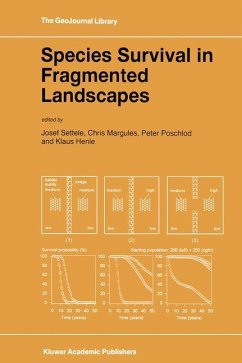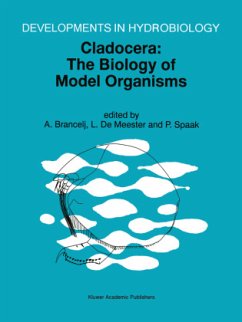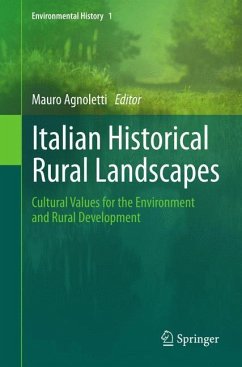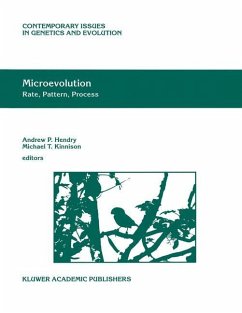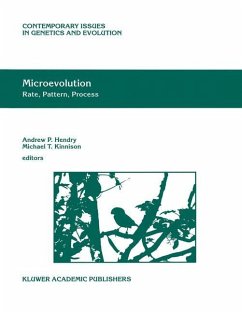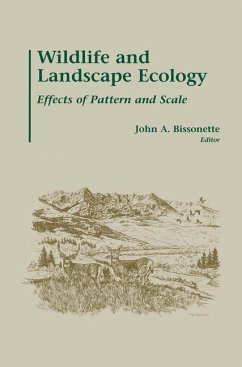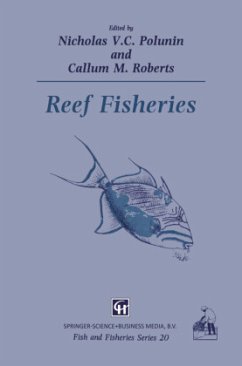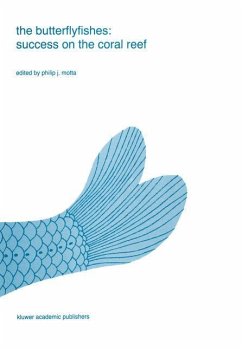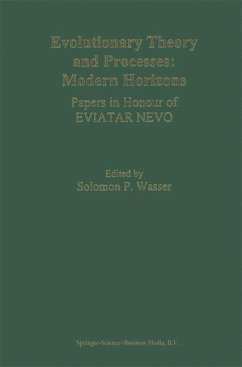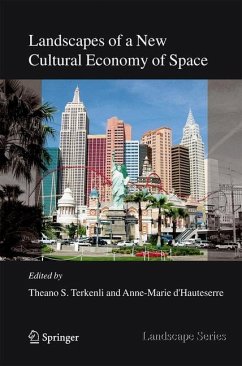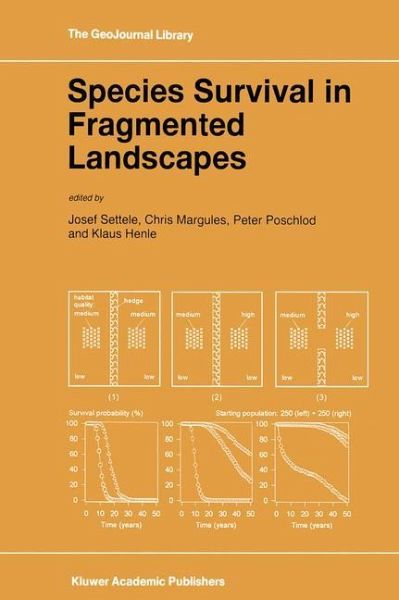
Species Survival in Fragmented Landscapes
Versandkostenfrei!
Versandfertig in 1-2 Wochen
153,99 €
inkl. MwSt.

PAYBACK Punkte
77 °P sammeln!
The effects of isolation, area size, and habitat quality on the survival of animal and plant populations in the cultural landscape are central aspects of a research project started in Germany in 1993 (,Forschungsverbund, Isolation, FHichengroBe und BiotopquaIiHit', abbreviated to 'FIFB'). After a long period of preparation, scientists from seven univer sities and one research institution started to work within the frame of this project. Fund ing for four years was provided by the former German Federal Ministry of Research and Technology (BMFT), now the Ministry of Education and Research (BMBF)...
The effects of isolation, area size, and habitat quality on the survival of animal and plant populations in the cultural landscape are central aspects of a research project started in Germany in 1993 (,Forschungsverbund, Isolation, FHichengroBe und BiotopquaIiHit', abbreviated to 'FIFB'). After a long period of preparation, scientists from seven univer sities and one research institution started to work within the frame of this project. Fund ing for four years was provided by the former German Federal Ministry of Research and Technology (BMFT), now the Ministry of Education and Research (BMBF). A strong focus of the project has been the improvement of the methodology for environmental impact assessments and the implementation of results into environmental planning. As there is a certain risk that national projects develop some kind of 'mental in breeding', it was decided to discuss concepts, methods, and first results with scientists of international reputation at a rather early stage of the project. For this purpose, an inter national workshop was held in the small village of Lubast, north of Leipzig (state of Saxony) in March 1995. 130 scientists from 10 nations met to discuss and debate issues surrounding habitat fragmentation for three days. Papers presented there formed the basis for this book. As discussions included general reviews as well as particular case studies, we decided to structure this book in a similar way. Consequently, a combination of broad and more general, review-like papers as well as original papers are presented.





